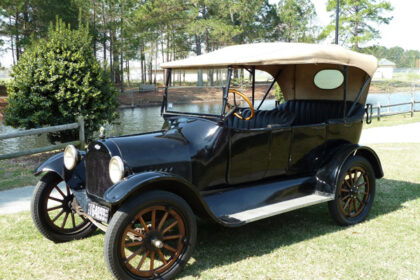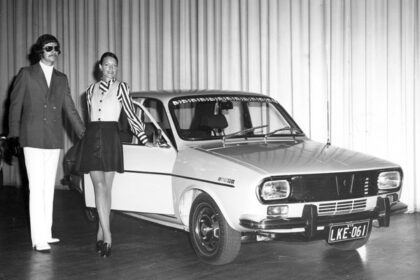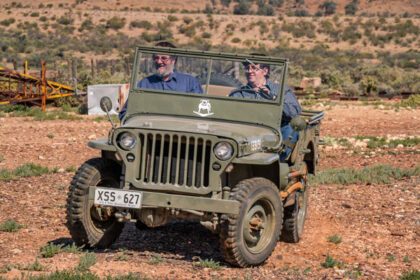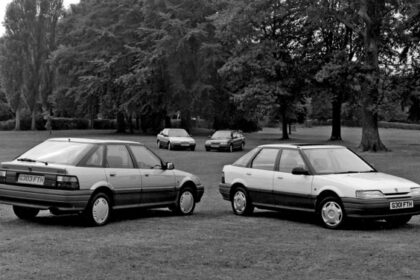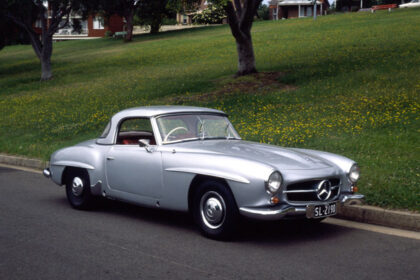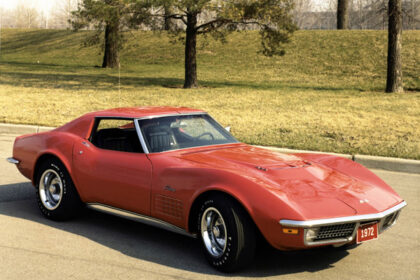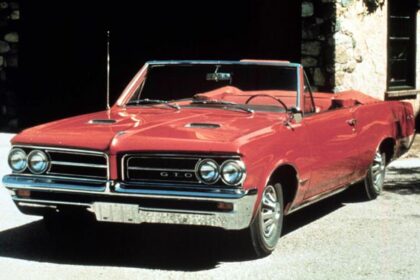ASTON MARTIN ZAGATO
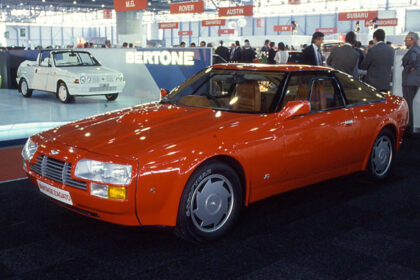
The Aston Martin company has had a truly chequered career. Over the years there have been a number of times when it looked certain to be going to the wall but, on each occasion, it was saved by fortunate circumstances – like a major win of a title or at an important event. In 1960 Aston Martin introduced their DB4GT Zagato, a great performing road-legal semi- competition car but one that proved difficult for the average driver to manage on the road and was outperformed by the Ferrari 250GTO on… Read more




